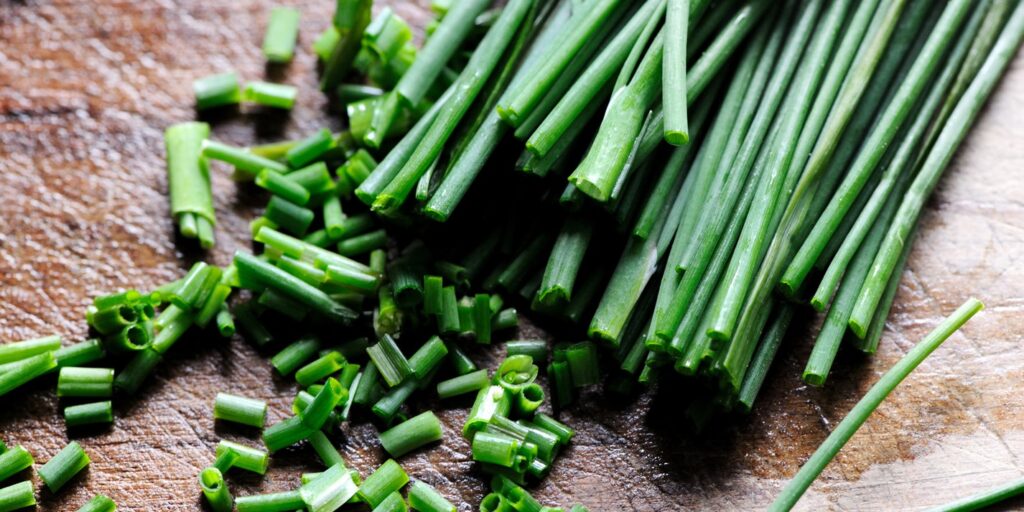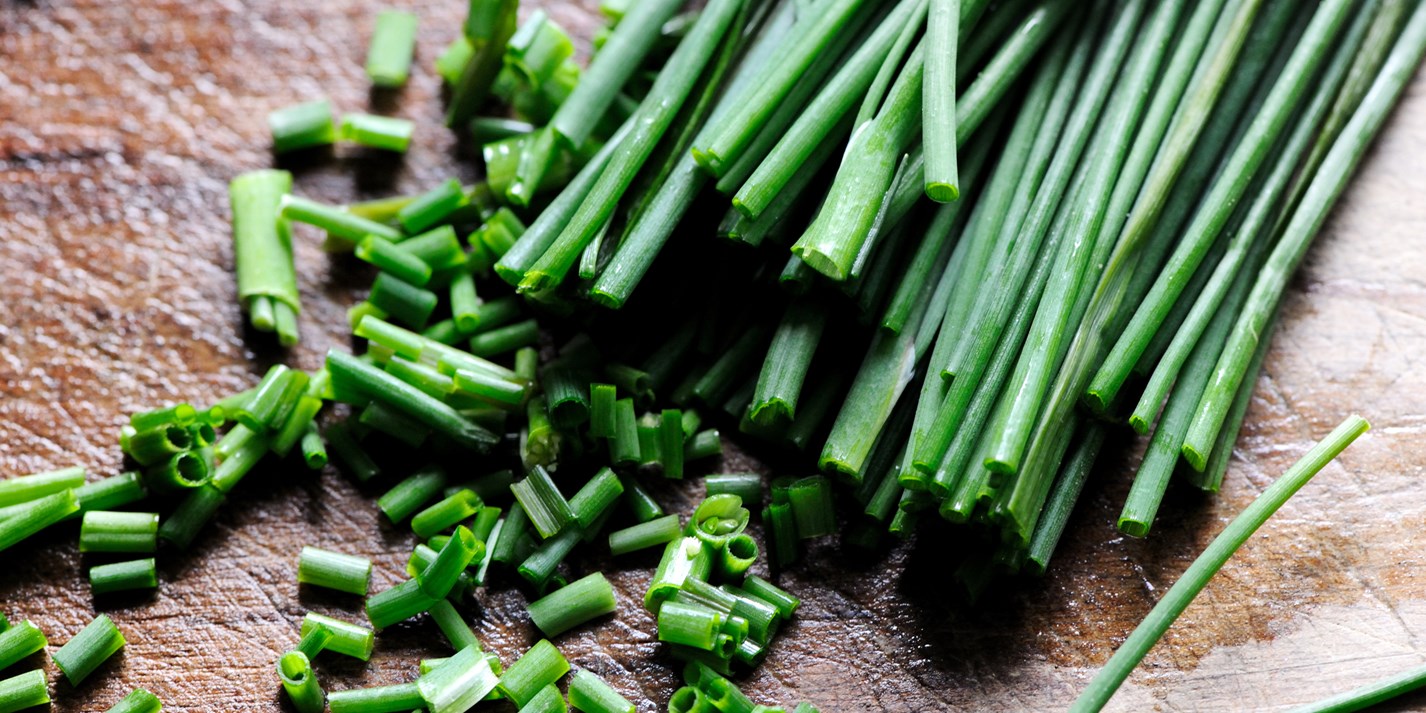
Unlocking the Culinary Secret: What is a Chive and How to Use It?
The culinary world is filled with a vast array of ingredients, each contributing its unique flavor and aroma to our dishes. Among these, the humble chive stands out as a versatile and flavorful herb that can elevate a wide range of culinary creations. But what exactly is a chive, and how can you best use it in your cooking? This article delves into the world of chives, exploring its origins, flavor profile, culinary applications, and tips for growing and storing this delightful herb.
What is a Chive?
A chive (Allium schoenoprasum) is an herbaceous perennial plant belonging to the onion family, Alliaceae. Native to Europe, Asia, and North America, chives are characterized by their slender, hollow, grass-like green leaves and their mild, onion-like flavor. They are one of the smallest species of edible onion, making them a popular choice for adding a subtle yet distinct flavor to dishes without overpowering other ingredients. The chive plant also produces attractive, globe-shaped purple flowers, which are also edible and add a delicate onion flavor to salads and other dishes.
Chives are closely related to other members of the onion family, including garlic, scallions, leeks, and shallots. However, chives possess a milder and more delicate flavor compared to these stronger-flavored relatives. This makes them an ideal choice for dishes where a subtle onion flavor is desired without the pungency of raw onions or garlic.
The Flavor Profile of Chives
The flavor of chives is often described as mild, onion-like, and slightly grassy. The green leaves of the chive are the primary source of flavor, offering a delicate balance of onion and herbaceous notes. The flavor is more pronounced when the chives are freshly cut or crushed, releasing their aromatic compounds. Unlike some other members of the onion family, chives do not typically cause tearing or a strong aftertaste.
The purple flowers of the chive plant also possess a mild onion flavor, although they are slightly sweeter and less pungent than the leaves. The flowers can be used as a garnish or added to salads for a touch of color and flavor.
Culinary Applications of Chives
Chives are incredibly versatile in the kitchen and can be used in a wide range of dishes. Their mild flavor makes them a perfect complement to both savory and sweet creations. Here are some popular culinary applications of chives:
- Garnish: Chives are a classic garnish for soups, salads, baked potatoes, and other dishes. Their vibrant green color adds a touch of freshness and visual appeal.
- Salads: Chopped chives can be added to salads for a subtle onion flavor. They pair well with lettuce, tomatoes, cucumbers, and other vegetables.
- Egg dishes: Chives are a natural complement to eggs and can be added to omelets, scrambled eggs, quiches, and frittatas.
- Dips and sauces: Chives can be incorporated into dips and sauces for added flavor. They are a popular ingredient in sour cream dips, cream cheese spreads, and vinaigrettes.
- Soups and stews: Chives can be added to soups and stews for a subtle onion flavor. They are particularly well-suited to cream-based soups and potato soups.
- Baked goods: Chives can be added to baked goods such as biscuits, scones, and muffins for a savory twist.
- Butters and oils: Chives can be infused into butters and oils to create flavorful condiments for bread, vegetables, and other dishes.
Growing and Storing Chives
Chives are relatively easy to grow, making them a popular choice for home gardeners. They can be grown from seed or purchased as starter plants. Chives thrive in well-drained soil and prefer full sun to partial shade. They are also relatively low-maintenance, requiring only occasional watering and fertilization.
To harvest chives, simply snip the leaves near the base of the plant. Regular harvesting encourages the plant to produce more leaves. Chives can be harvested throughout the growing season, from spring to fall.
Freshly cut chives are best used immediately, as they lose their flavor and aroma over time. However, they can be stored in the refrigerator for a few days. To store chives, wrap them in a damp paper towel and place them in a plastic bag or container. You can also freeze chives for longer storage. To freeze chives, chop them and place them in an airtight container or freezer bag.
Health Benefits of Chives
In addition to their culinary uses, chives also offer several health benefits. They are a good source of vitamins A and C, as well as minerals such as potassium and calcium. Chives also contain antioxidants, which can help protect the body against cell damage. Some studies have suggested that chives may have anti-inflammatory and anti-cancer properties, although more research is needed to confirm these findings.
Because of the allicin compounds found in chives, they are believed to help lower cholesterol and blood pressure. [See also: Benefits of Garlic]
Chives in Different Cuisines
Chives are used in various cuisines around the world. In French cuisine, chives are a key ingredient in fines herbes, a blend of fresh herbs that also includes parsley, tarragon, and chervil. In Russian cuisine, chives are often used to flavor sour cream and potato dishes. In Asian cuisine, chives are used in stir-fries, soups, and dumplings.
Distinguishing Chives from Similar Herbs
It’s important to distinguish chives from other herbs that may look similar. Scallions, for example, have a bulb at the base, whereas chives do not. Also, garlic chives, while similar, have a distinct garlic flavor and flatter leaves. True chives offer that subtle oniony taste without the strong punch of garlic.
Conclusion
Chives are a versatile and flavorful herb that can add a touch of freshness and onion flavor to a wide range of dishes. Whether used as a garnish, added to salads, or incorporated into dips and sauces, chives are a valuable addition to any kitchen. With their ease of cultivation and numerous health benefits, chives are a must-have herb for both home cooks and professional chefs alike. So, the next time you’re looking to add a subtle yet distinct flavor to your culinary creations, reach for the humble chive and unlock its culinary potential.

